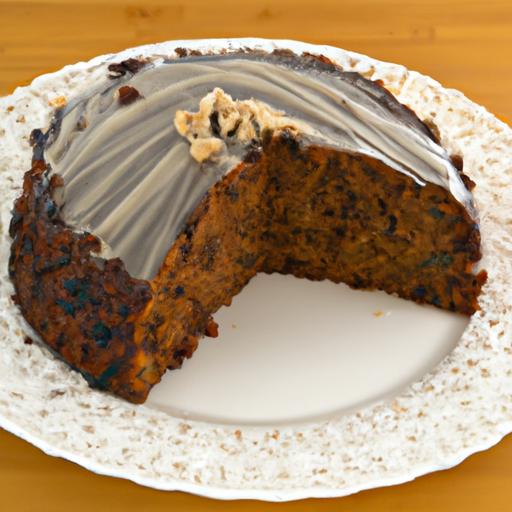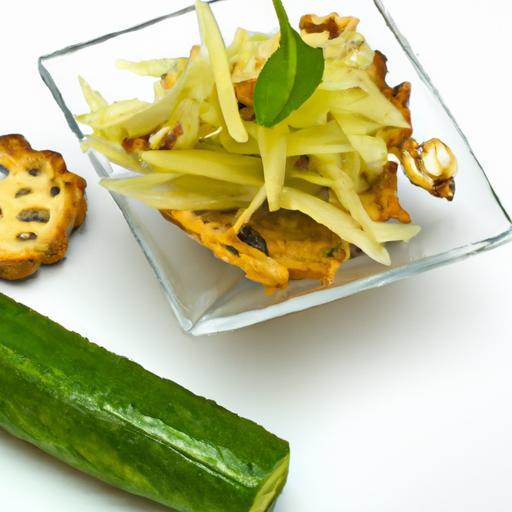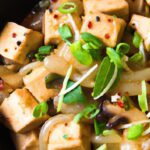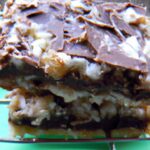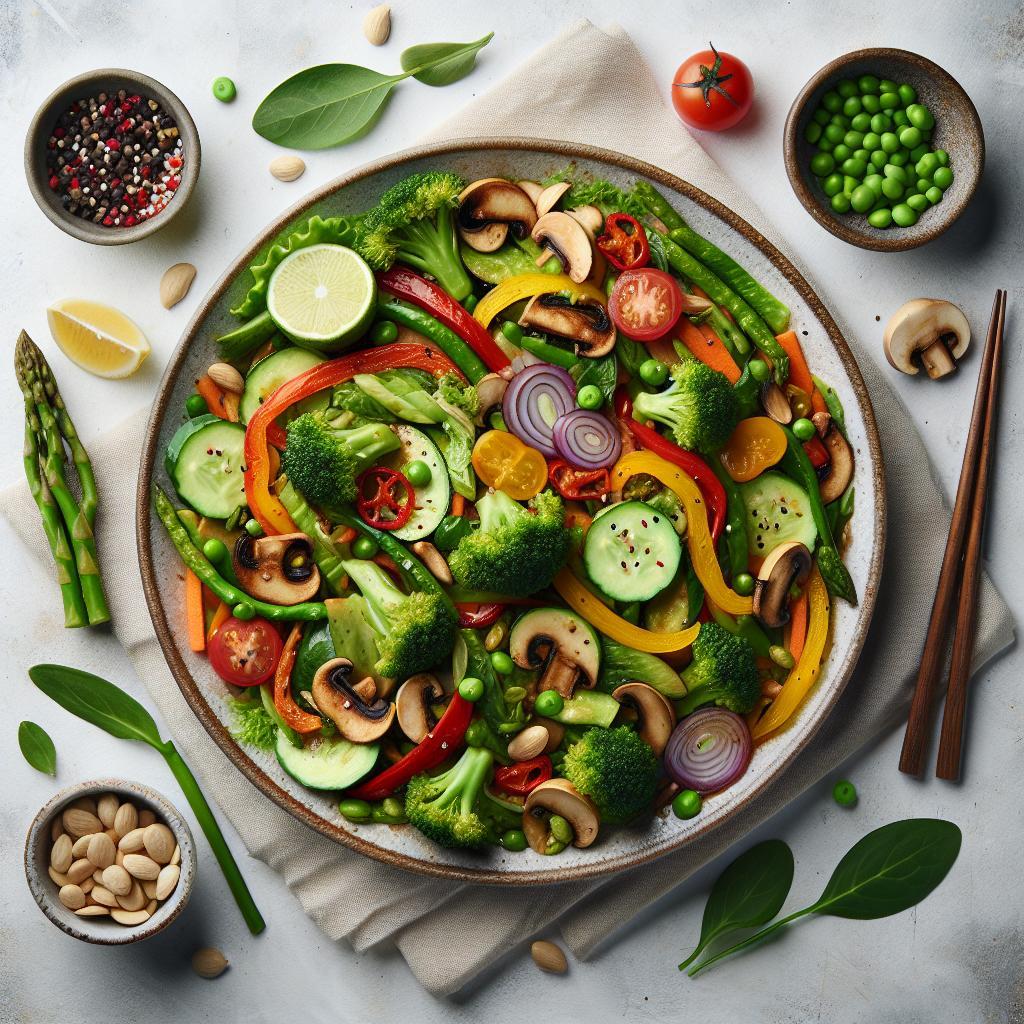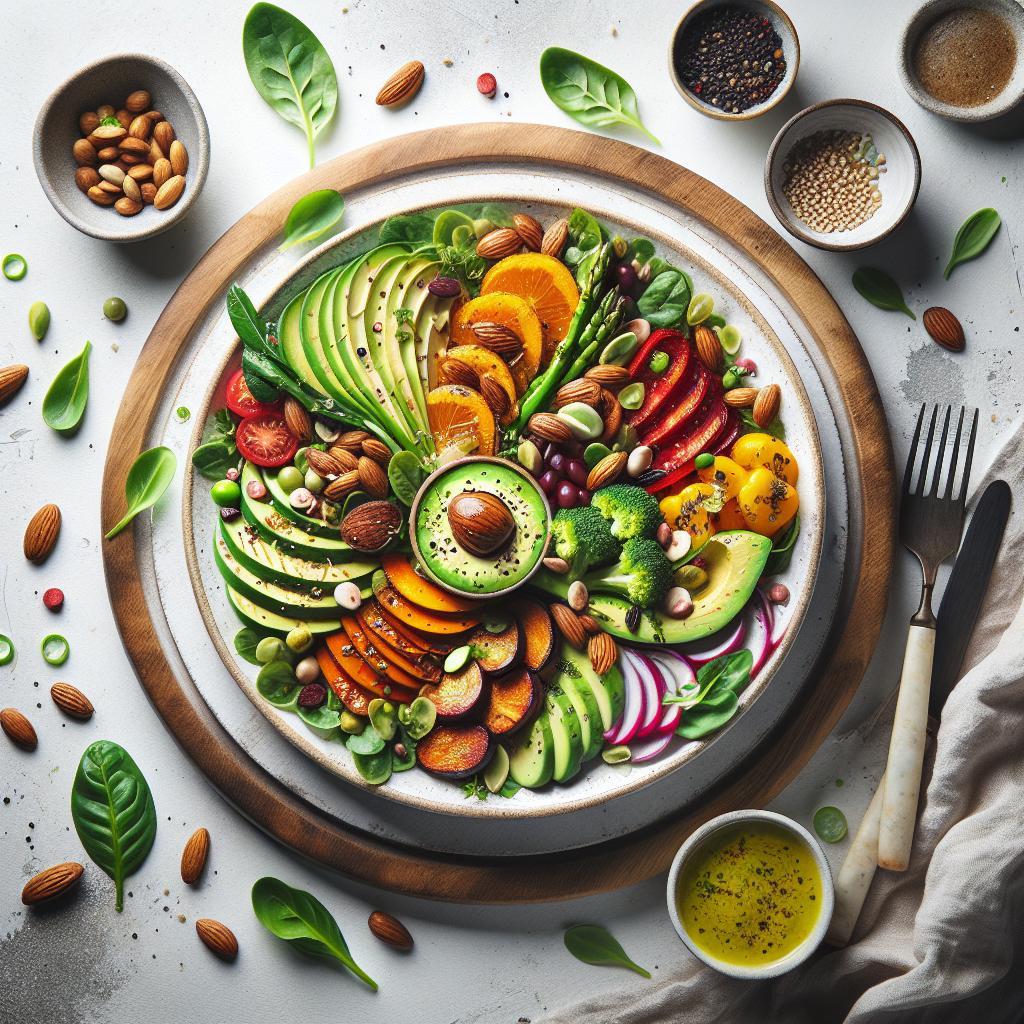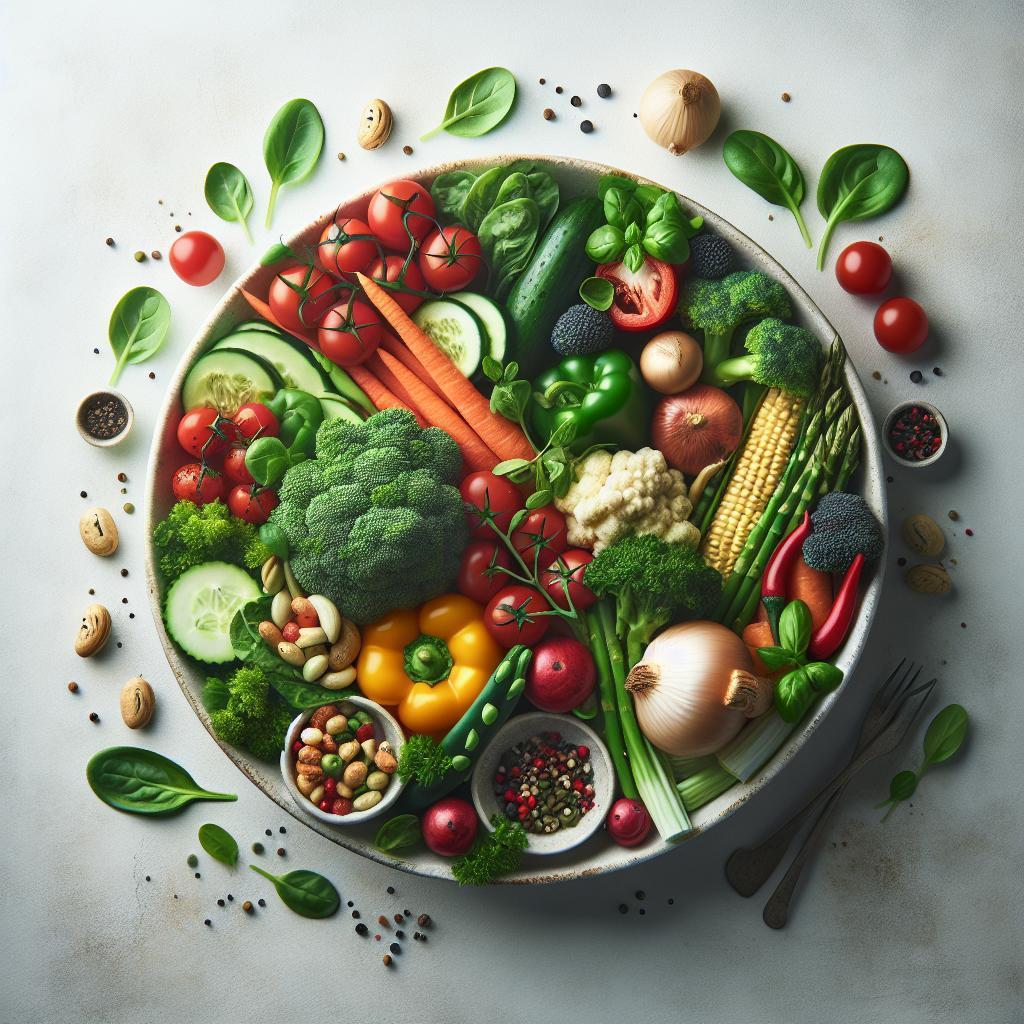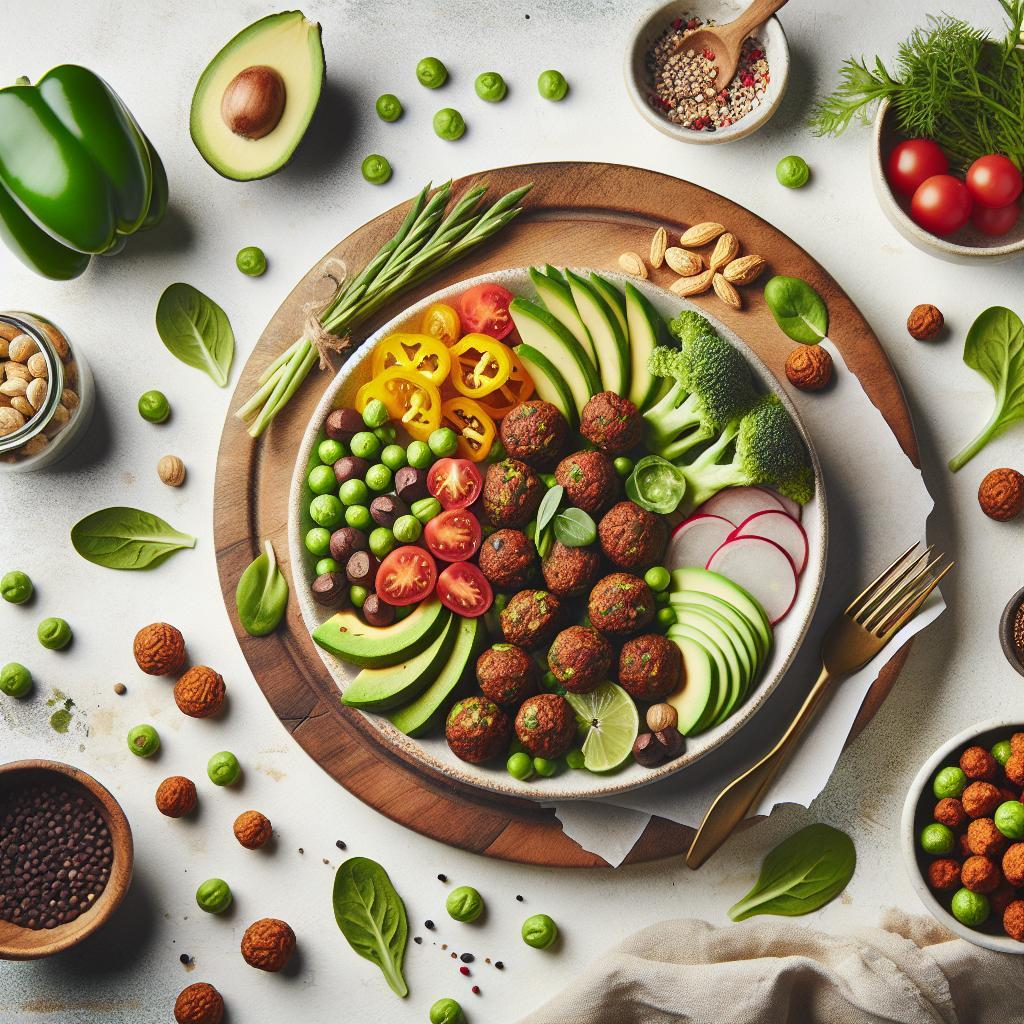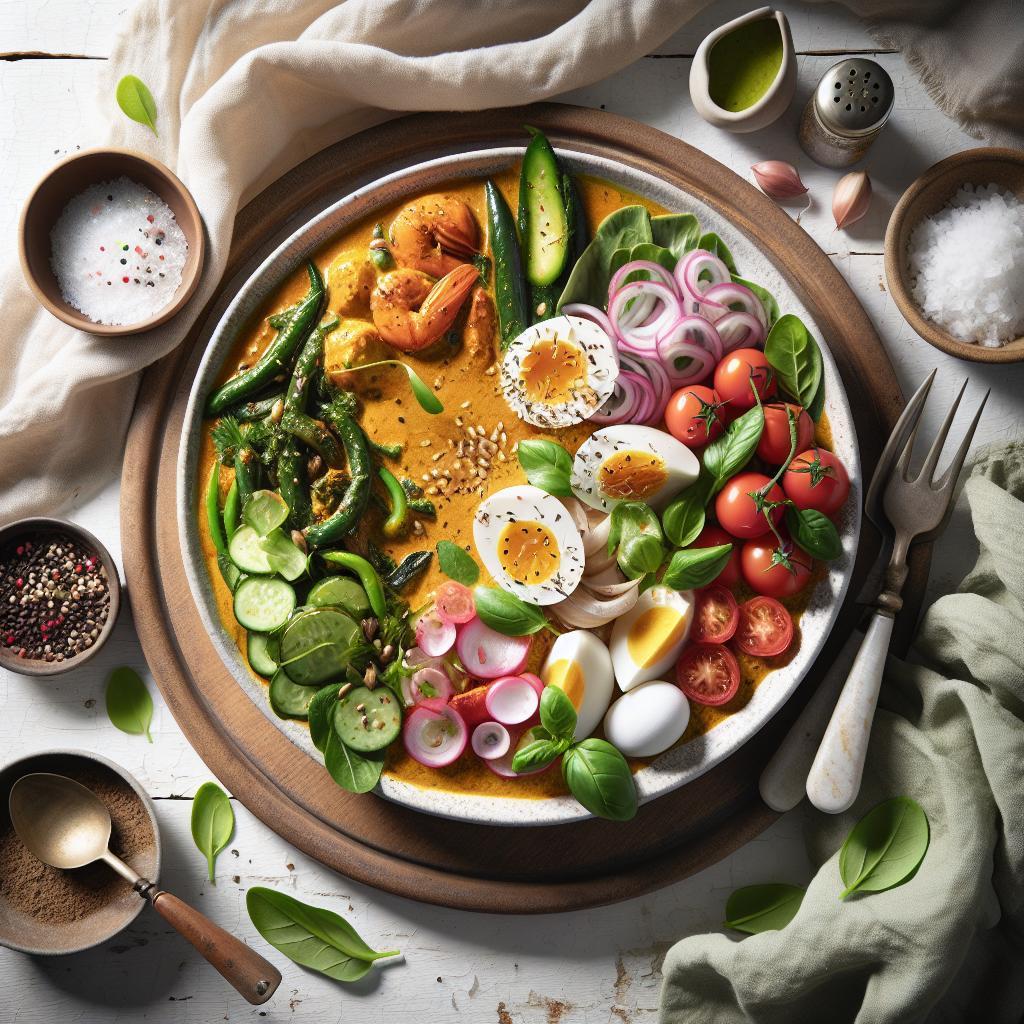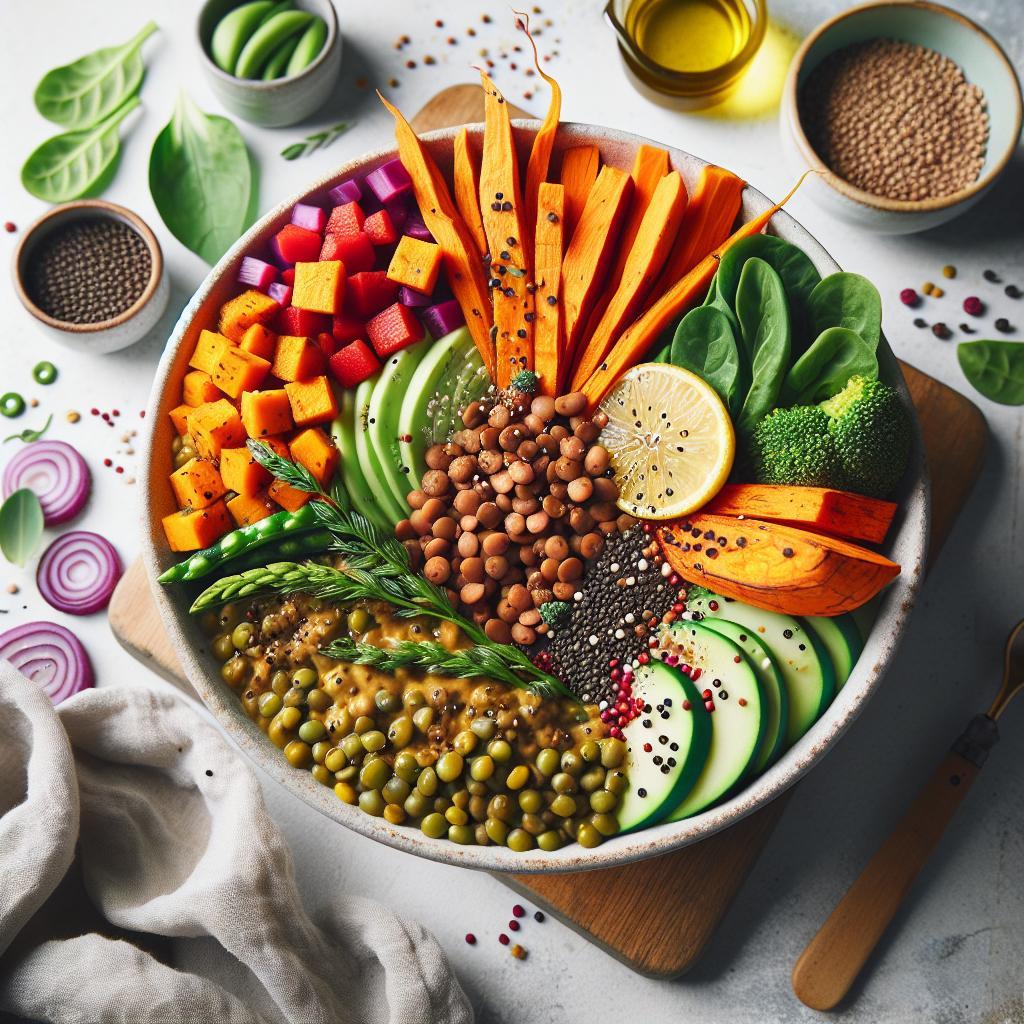There’s something magical about biting into a freshly baked loaf-its crust crisp yet tender, the crumb soft and inviting, the flavor dancing on your palate. But for those navigating the world of gluten-free vegan breads, achieving that perfect harmony can feel like an elusive quest. Without gluten’s elastic embrace or eggs’ binding power, creating bread that rises with structure, holds moisture, and satisfies the senses is a true culinary challenge. In this article, we’ll explore the art and science behind building better bites-delving into clever ingredient swaps, innovative techniques, and the secrets to crafting gluten-free vegan breads that don’t just survive but thrive in texture and taste. Get ready to transform your baking and bring structure back to every slice.
Building Better Bites: Adding Structure to GF Vegan Breads
Building better bites in gluten free vegan breads begins with an understanding of how plant-based ingredients and advanced techniques can truly transform texture. Crafting the perfect loaf without gluten or eggs may sound challenging, but blending the right elements produces breads that boast elasticity, rise, and a moist crumb that holds together beautifully. This journey embraces both science and creativity, inviting you to develop wholesome, satisfying breads that delight both the eye and palate.
Prep and Cook Time
Preparation: 20 minutes | Rising: 1 hour | Baking: 40 minutes | Total: 2 hours
Yield
1 standard loaf (approximately 12 slices)
Difficulty Level
Medium – perfect for adventurous bakers ready to elevate their gluten free vegan repertoire
Ingredients
- 1 ½ cups brown rice flour, sifted for smoothness
- 1 cup tapioca starch, to add chew and bounce
- ¼ cup ground flaxseeds, soaked in ¾ cup warm water (flax “egg”)
- 1 tbsp psyllium husk powder, the secret to binding and elasticity
- 1 tbsp vital wheat gluten substitute* (see tips for alternatives)
- 1 tsp baking powder, for gentle rise
- 1 tsp baking soda, reacts with acidity for lift
- 1 tsp apple cider vinegar, activates baking soda and balances flavor
- 1 tsp sea salt, enhances all flavors
- 2 tbsp coconut oil, melted – for richness and moisture
- 1 ¼ cups unsweetened almond milk (or preferred plant milk), warmed
- 2 tbsp maple syrup, for subtle sweetness and browning
- Optional: 2 tbsp chopped fresh herbs, such as rosemary or thyme, for aromatic twist
Instructions
- Prepare flax “egg”: Combine ground flaxseeds and warm water in a small bowl. Stir well and set aside for 10 minutes until gelatinous.
- Mix dry ingredients: In a large bowl, whisk together brown rice flour, tapioca starch, psyllium husk powder, baking powder, baking soda, and salt thoroughly to ensure even distribution.
- Combine wet ingredients: In a separate bowl, mix the warmed almond milk, maple syrup, melted coconut oil, and apple cider vinegar. Add the flax “egg.”
- Bring dough together: Pour wet mixture into dry ingredients. Using a wooden spoon or spatula, stir gently until the dough forms a thick, sticky batter with some elasticity – do not overmix.
- Incorporate gluten substitute: Sprinkle in the vital wheat gluten substitute if using, folding it carefully to maintain dough structure. This step is key to enhancing elasticity and rise.
- First rise: Transfer dough to a greased loaf pan lined with parchment paper. Smooth the top with a wet spatula. Cover loosely with a damp cloth and let rise in a warm place for 45-60 minutes, until puffed but not doubled.
- Bake to perfection: Preheat oven to 350°F (175°C). Bake the bread for 35-40 minutes until golden brown and a toothpick inserted in the center comes out clean.
- Cool down: Remove loaf from pan and cool completely on a wire rack before slicing to preserve crumb stability.
Chef’s Notes & Tips for Success
- Vital wheat gluten substitute: Use a blend of chickpea flour and soy protein isolate for resilient structure if you avoid wheat products.
- Psyllium husk: This ingredient traps moisture and works as a binder-do not skip it to maintain elasticity.
- Flax “egg” soak: Allow enough time for flaxseeds to fully gel; this imparts moisture and stickiness for crumb stability.
- Warm liquids: Using warmed plant milk activates rise mechanisms but avoid overheating, which can damage natural leavening.
- Make-ahead: This bread freezes beautifully-slice before freezing and toast for best freshness.
Serving Suggestions
This loaf pairs wonderfully with creamy avocado spread or a bold tomato chutney. For elegant brunches, slice thick and toast lightly, topping with smashed chickpeas seasoned with citrus and herbs. Garnish with a sprinkle of chia seeds or a drizzle of herb-infused olive oil for visual appeal and added nutrition. Complete the experience with fresh greens or a rustic soup for a comforting, wholesome meal.

| Nutrient | Per Slice (1/12 loaf) |
|---|---|
| Calories | 110 kcal |
| Protein | 3.2 g |
| Carbohydrates | 21 g |
| Fat | 3.5 g |
For more tips on perfecting gluten free vegan baking, check our Vegan Gluten Free Baking Basics. For scientific insights on the role of psyllium husk in gluten free dough, visit this research article.
Q&A
Q&A: Building Better Bites – Adding Structure to GF Vegan Breads
Q1: Why is adding structure to gluten-free (GF) vegan breads such a challenge?
A1: Gluten is the magic ingredient that gives traditional bread its chew and elasticity. In gluten-free baking, this natural scaffold is missing. Combine that with a vegan approach that excludes eggs and dairy-two common binders-and your dough is lacking its usual glue. Without structure, GF vegan breads can turn out crumbly, dense, or gummy. The challenge lies in recreating that balance of strength and softness with plant-based ingredients.
Q2: What are some key ingredients that help build structure in GF vegan breads?
A2: Plant-powered powders and gums become the heroes here. Ingredients like psyllium husk, flaxseed meal, chia seeds, and xanthan gum act as natural binders, creating a stretchy matrix that holds the dough together. Nut flours and starches like tapioca or arrowroot also play a vital role-they add both moisture retention and lightness, which improves crumb texture.
Q3: How can hydration be tweaked to improve bread structure?
A3: Hydration is a balancing act. GF flours tend to absorb more water, so you need to increase liquid amounts compared to traditional recipes. However, too much liquid turns the dough into a batter, leading to a gummy crumb. Adding water gradually and paying attention to dough consistency-aiming for a slightly sticky but shape-holding dough-helps the bread rise and hold shape better.
Q4: Does the proofing and baking method differ for GF vegan breads?
A4: Absolutely! GF vegan doughs often require longer resting times to let binders activate and ingredients hydrate fully. Gentle, controlled proofing helps build some lift without overproofing, which can collapse fragile GF structures. Baking at slightly lower temperatures for longer can ensure even cooking-preventing hard crusts and dense interiors-while steam injections or covering the dough during early baking can promote moisture retention and a tender crust.
Q5: Can experimenting with fermentation improve GF vegan bread structure?
A5: Yes! Fermentation is a powerful ally. Using natural starters like sourdough cultures can strengthen the dough’s network, improve flavor complexity, and even extend shelf life. The acids and enzymes released during fermentation modify flour proteins and fibers, helping the dough become more cohesive and elastic-adding that elusive “chew” to GF vegan loaves.
Q6: Are there any creative twists that can add both structure and flavor?
A6: Definitely. Adding ingredients like roasted seeds, finely chopped nuts, or shredded vegetables introduces texture and natural binders. Incorporating mashed legumes (e.g., chickpeas or white beans) not only adds protein but also moisture and body. Sweet potato or pumpkin puree lends softness with subtle sweetness, while boosting overall dough cohesion. The key is to balance additions so they complement rather than weigh down the bread.
Q7: What’s the takeaway for home bakers aspiring to better GF vegan breads?
A7: Building structure in GF vegan breads is a craft that blends science and creativity. Start with a solid base of combined GF flours, add natural binders like psyllium or flaxseed, and pay close attention to hydration. Embrace fermentation and gentle baking techniques. Don’t shy away from pumpkins, nuts, or seeds for a flavor and texture boost. With patience and experimentation, you’ll transform fragile doughs into deliciously resilient loaves-proof that better bites are truly within reach.
To Wrap It Up
As the journey of crafting gluten-free vegan breads continues to evolve, the art of adding structure emerges as both a science and a source of endless creativity. By understanding the unique properties of plant-based ingredients and mastering the interplay of moisture, binding agents, and rising elements, bakers can transform fragile crumbs into hearty, satisfying bites. Building better bites isn’t just about nutrition or necessity-it’s about redefining what bread can be in a world where plant-based, allergen-friendly options are flourishing. So next time you mix your flours or whisk your aquafaba, remember: every careful choice brings you one step closer to that perfect, structured loaf that all gluten-free vegans deserve-a bread that rises, holds, and delights with every bite.